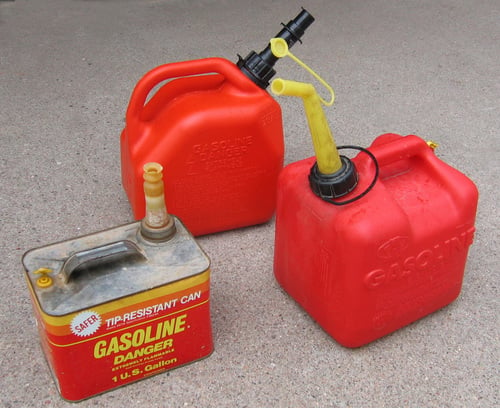Using a Fuel Additive for Old Gas
All fuel has a limited storage life. Over time, its quality will degrade and break down because of chemical reactions that happen in the fuel. These...

We get some complicated questions in the fuel treatment industry – how do PAO detergents work? Why does diesel fuel gel in the winter? Are thiocyanate biocides more effective at killing microbes in biodiesel than carbamates?
 But not all questions are potentially that complicated. Sometimes the simple questions deserve to be answered, too. One example we get, every so often, is “how do I use your gas treatment? Do I need to put it in every tank?”
But not all questions are potentially that complicated. Sometimes the simple questions deserve to be answered, too. One example we get, every so often, is “how do I use your gas treatment? Do I need to put it in every tank?”
On a simple level, gas treatments work when they are present in the fuel before combustion. The recommendation would be to add any gas treatment you want to use during your fill-up, before you add more gas. Administer the recommended amount of gas treatment into your partially-filled tank, then fill up as normal.
This is a “splash blending” procedure that ensures that the gas treatment is properly dispersed throughout the fuel in your tank. And it’s a more effective method than simply putting gas treatment on top of the gas in your tank and leaving it. This would be a “diffusion” method that would eventually see the treatment spread throughout the fuel in the tank (especially given any movement of the fuel while the vehicle is in operation). But the diffusion method isn’t as preferable as adding the gas treatment during your fill-up at the station.
For this question, let’s assume we’re talking about a prototypical multifunction gas treatment like Ethanol Defense or Mix-I-Go. They contain combustion improver and detergents to clean the engine, as well as water controllers for the fuel. The bottom line here is that they’re not going to work if they’re not present in the fuel. So the recommendation would be that, yes, it would be best if you used gas treatment in every tank. Not only will it clean the existing deposits and control any existing water in the fuel, it will also keep the engine clean as time goes on.
All fuel has a limited storage life. Over time, its quality will degrade and break down because of chemical reactions that happen in the fuel. These...

When you’re asking the question ‘how do I fix bad gas in my car’, you’re talking about a different kind of situation than fixing bad stored fuel...

When filling up your vehicle's tank at the gas station, you might be wondering what is the difference between regular gasoline and the fuel they call...